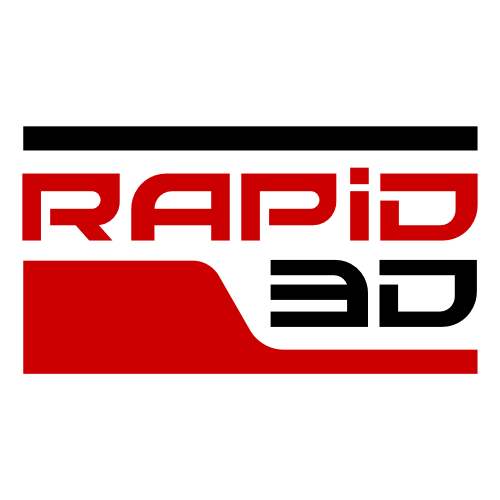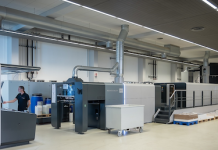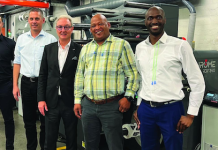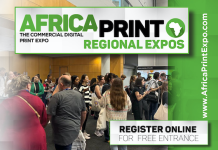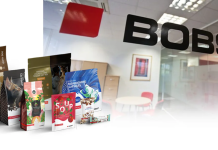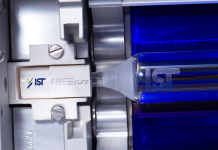Visit the 3D Print Zone in hall 2 at the Africa Print expo (7-9 September 2016, Johannesburg) and see how you can make customised promotional items, prototypes and more. Stand a chance to win a 3D printed sculpture by artist Allan Hallett. Everyone is welcome to participate. No booking is required. There is no cost.
David Bullock, Managing Director of Rapid 3D said that 3D is not for making trinkets and toys. However, there has been a lot of hype around the capabilities of 3D printing that has fed this perception. On the one side, there are the consumer level 3D printers that are used to make trinkets and toys.
Bullock said, ‘On the other side, production level 3D printers are being used by companies like Boeing and Airbus, to build very high specification parts that are used in commercial airliners. The problem is, with all the hype, people espoused Star Trek type capabilities and set expectations well ahead of current technology.
‘In between, industries have been turned upside down by the advances professional and production 3D printers has enabled. A good example is the jewellery industry. Following close in its footsteps are the fashion industry and drone manufacturers.’
Applications designers and print and packaging companies can use 3D printing in their workflows.
1. Customisation.
'At Africa Print, we’ll be showing how companies like Coca Cola are using events like the Olympics, to produce custom bottles for different events. Packaging designers will typically render multiple design variations of a custom bottle. Accurate prototypes can then be printed, and then used to ensure the filling and packing lines will cope with the new designs,' said Schmidt.
2. Complex designs.
3D printing uses a technology called additive manufacturing. This technology allows a designer to build components that are either impossible, or impractical to produce using traditional manufacturing methods. This gives designers a whole new range of flexibility in their design concepts.
3. Short run production.
Much of current component manufacturing technology is geared towards high volumes using injection moulding. Should a project require short production runs, the associated high tooling costs of injection molding, often renders a component unworkable. With additive manufacturing, tooling is not required, allowing for shorter production runs to be workable and financially viable.
According to Schmidt, challenges faced by companies when adding 3D printing to their workflows include:
1. Mindset.
Limitations in current component manufacturing technologies require separate components to be designed, manufactured and then assembled. The additive manufacturing technology used in 3D printing allows designers the flexibility to print fully assembled parts in a single build stage.
Designers will need to move past a few traditional design paradigms and constraints. It’s not a big deal, but it is something they need to be aware of. Companies will need to enhance the skillset of their designers to design for 3D printing, an approach also known as ‘Designing for Additive Manufacturing’.
2. Expectations.
There is a learning curve involved in understanding the different 3D printing technologies available and their associated capabilities and constraints.
The Africa Print Expo is co-located with FESPA Africa, Sign Africa and Africa LED. For more information, or to pre-register online, please visit: www.AfricaPrintExpo.com.


